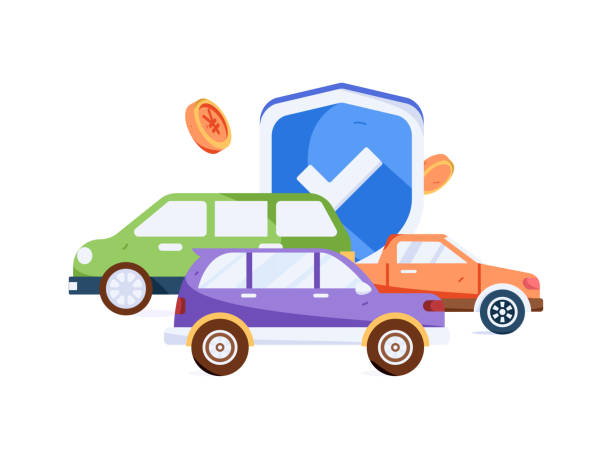Owning more than one car in a household has quietly become the norm across much of the UK. Yet, many people still manage each vehicle under separate insurance policies – an approach that often costs more money and effort.
Multi-car insurance is a practical solution that brings together administration, costs and coverage in ways that make day-to-day motoring easier to manage and often cheaper in the long run.
Contents
Streamlined administration and renewal
Handling multiple renewal dates, policy numbers and insurers can easily lead to confusion.
A multi-car policy lets you deal with one insurer, one renewal date and one set of documents for every vehicle in your household. That means fewer chances to miss a payment or overlook a renewal reminder – mistakes that can void your cover.
If you currently juggle different providers, check when each policy ends and ask your preferred insurer to align them under a single renewal cycle. Most will allow you to add cars as they come up for renewal, adjusting the policy over time rather than forcing all vehicles to switch immediately.
Insurers typically reward loyalty and convenience. By combining vehicles under one multi-car policy, you often unlock percentage-based discounts that increase with each car added.
These savings don’t just come from bulk discounts. Insurers also factor in the lower likelihood of every car being on the road at once. When one person drives to work and another stays home, risk exposure effectively spreads out.
You can verify this by comparing multi-car quotes with the total of your separate policies. Most insurers provide instant side-by-side comparisons online.
Greater flexibility for households and named drivers
A single policy doesn’t mean a one-size-fits-all approach. You can still tailor the level of cover for each car. For instance, you might want comprehensive cover for a new electric car and third-party, fire and theft for an older hatchback.
Adding named drivers across vehicles is also simpler and often cheaper than doing so separately, particularly for younger drivers who occasionally borrow a parent’s car.
Before adding a new driver, check whether the insurer allows shared no-claims bonuses or reduced premiums for experienced drivers. That flexibility can make family motoring significantly easier and more affordable over time.
Enhanced risk management and continuity of cover
Keeping all vehicles under one insurer gives you a clearer picture of your household’s driving habits. You can track claims, monitor mileage and adjust voluntary excesses to control costs. Insurers also tend to process multi-car claims more efficiently because all the relevant data sits under one profile.
In the event of an accident or theft, having unified cover reduces delays and minimises gaps between temporary and permanent replacements.
You stay mobile while the insurer handles logistics in one place. It’s a practical form of risk management that builds consistency and peace of mind.



